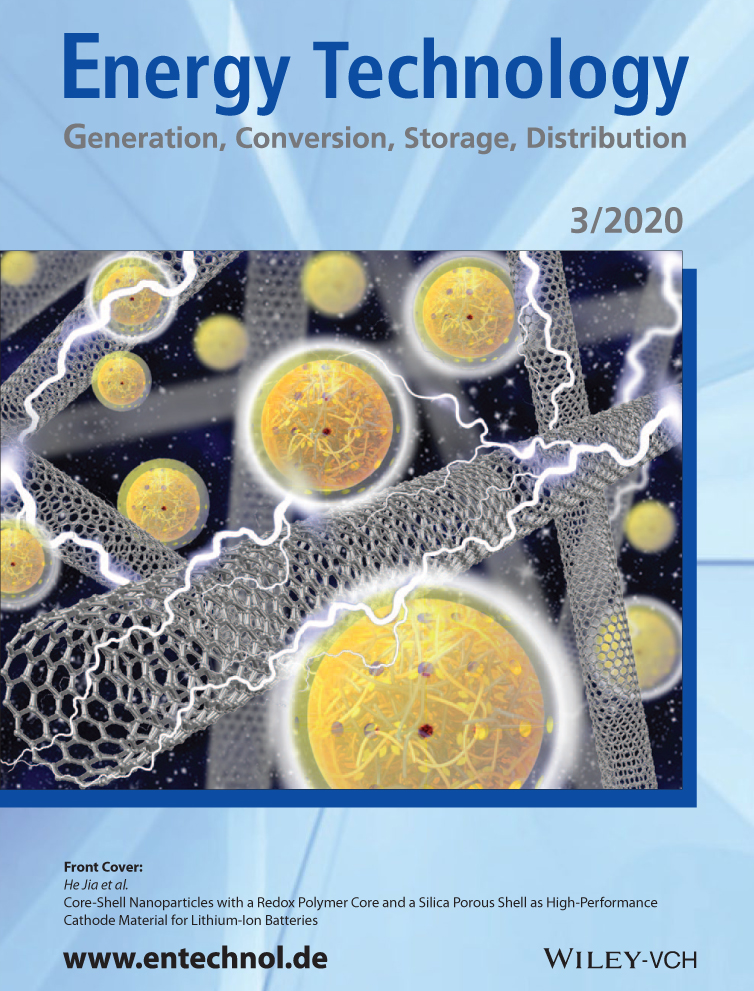Efficiency Improvement of Planar Inverted Perovskite Solar Cells by Introducing Poly 9,9-Dioctyfluorene-co-benzothiazole into Polytriarylamine as Mixed Hole-Transport Layer
Abstract
The hole-transport layer (HTL) is a crucial component for influencing the crystallization of a perovskite layer, which has a close relationship with the photovoltaic efficiency and stability of perovskite solar cells (PVSCs). Herein, planar inverted PVSCs using polytriarylamine (PTAA) HTL mixed with a polymeric material of poly 9,9-dioctyfluorene-co-benzothiazole (F8BT) are fabricated, and the effect of mixed polymer HTL on the device performance is investigated. After variation in the F8BT ratio in the mixed HTL, average power conversion efficiency (PCE) of 14.88% with negligible hysteresis is achieved and the champion device exhibits a PCE of 15.41% due to the increased charge carrier extraction and transmission, and the optimized crystallization properties of the perovskite. Unsealed planar p-i-n PVSCs with mixed polymer HTL show a 28.8% increase in average PCE (14.88% vs 11.55%) and over 30% enhancement in stability at ambient conditions for 2 weeks with respect to control due to the improvement in the crystallinity of the perovskite layer and conductivity of the polymer layer. This work provides an effective strategy for the development of highly efficient planar PVSC fabricated on mixed polymer HTL.
Conflict of Interest
The authors declare no conflict of interest.




